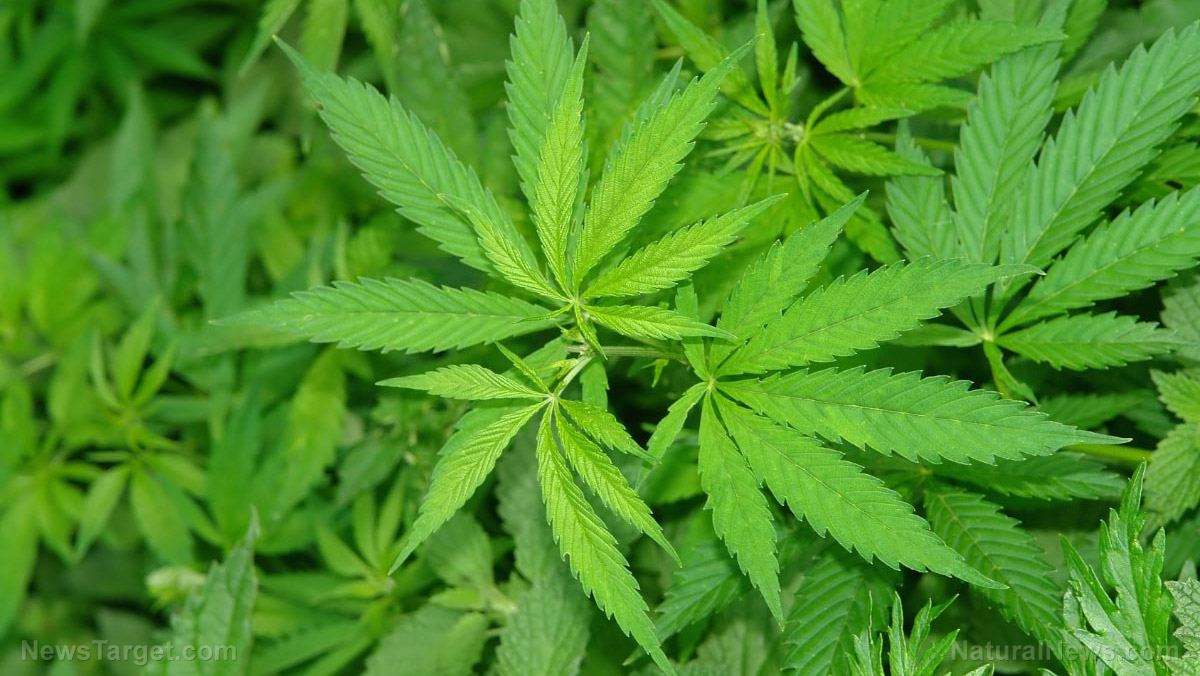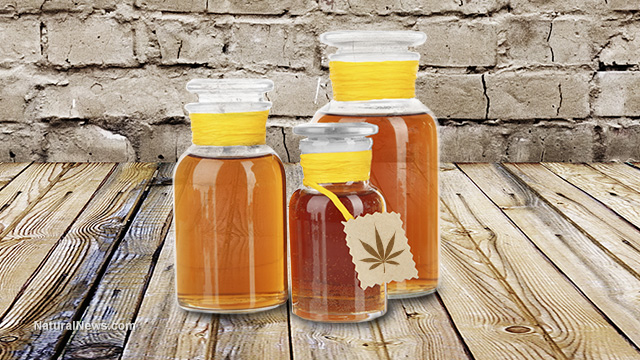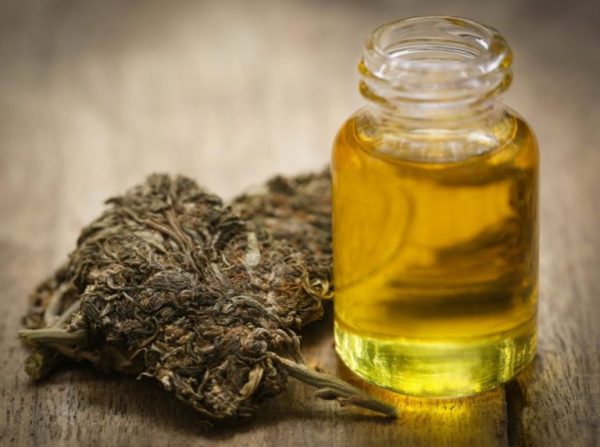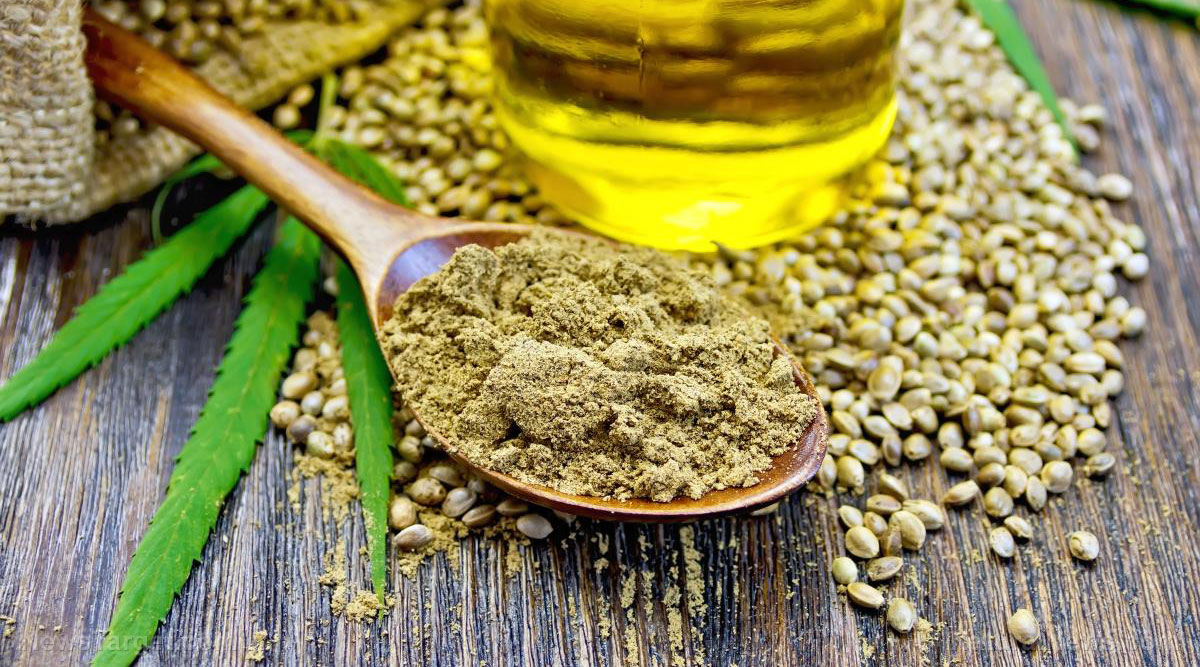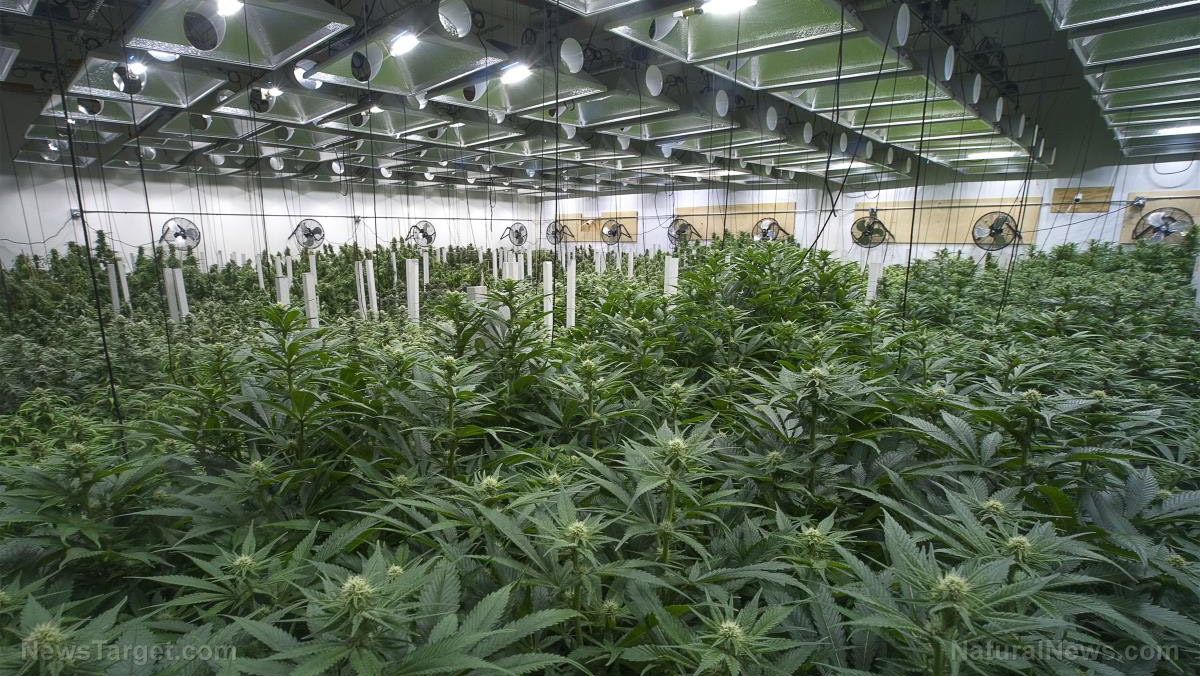Grandma Builds a Tiny Home Out of Hemp Stronger Than Brick (Time to legalize it)
09/29/2016 / By hempscience

There seems to be a common setback for people afraid to make their dreams become a reality: They don’t know where to start. Not having experience in something doesn’t make you any less capable of creating greatness or fulfilling your passions, but it does take an open mind, a whole lot of patience, and ultimately, the confidence that you can do it.
Article by Collective Evolution
In a world where old age seems to work against people’s confidence in you, Pam Bosch shows having confidence in yourself is all it really takes to prove them wrong. The grandmother from Bellingham, Washington, has never built a home before, but is breaking barriers in the tiny home movement through what she views as a pioneering experiment in sustainable living.
Her organization, called Highland Hemp House, used imported hemp from Europe to construct tiny homes boasting model energy and resource efficiency.
“Anybody can do this. Grandma can do this. Grandma’s doing it,” the 62-year-old artist says. Bosch was determined to build homes out of hemp after learning about its incredible sustainability and the minimal impact it has on the planet compared to other building materials.
“We should have as many buildings as we can that are built out of a renewable resource that sequesters carbon, that is healthy and if it were legal would be very affordable. It’s an agricultural waste product we’re using,” she continued.
Hemp is considered a dangerous substance by the DEA and is classified a schedule I drug, like heroin and ecstasy, despite the plant containing almost no THC and having zero psychoactive effects. The classification is thought by many to be backed by the oil industry, which sees hemp as a profitable threat, thanks to it being one of the best alternatives to plastics, fuel, and various building materials.
For building a tiny hemp home, Bosch says it’s great for creating the plaster, so long as weather conditions are right. “You want conditions like we’re starting to see now – overcast, high humidity, because you don’t want it to dry out too fast,” she notes.
Because permits for hemp houses don’t exist, Bosch has to stay within 120 square feet. “I’m investing in this because I believe in it and believe someone’s got to do it to make it legal,” she says.
Human impact on the planet continues to change our environment, making it essential that we become more conscious of how and with what materials we build things.
Tiny homes contribute to the awareness that we can thrive in smaller spaces while also creating a sustainable future.
Check out the video below to see how Bolsch is becoming a pioneer in the tiny home movement, and proves that anyone can do it.
Have You Ever Heard About Hempcrete?
When it comes to new and sustainable housing ideas, it seems to always be about creating a more efficient home in terms of insulation, lighting, electricity, etc. Mainstream belief on the subject would have you believe that top corporations and government projects are working with the best possible technology to bring forth solutions that work and are going to be great for the environment. If that was truly the case, I can guarantee you that the whole world would be using Hempcrete right now. Haven’t heard of it? I’m not too surprised.
First off, what is Hempcrete? Hempcrete is a building material that incorporates hemp into its mixture. Hempcrete is very versatile as it can be used for wall insulation, flooring, walls, roofing and more. It’s fire-proof, water-proof, and rot-proof as long as it’s above ground. Hempcrete is made from the shiv or inside stem of the hemp plant and is then mixed with a lime base binder to create the building material. This mixture creates a negative carbon footprint for those who are concerned with the carbon side of things. Hempcrete is much more versatile, easy to work with and pliable than concrete. In fact, earthquakes cannot crack these structures as they are 3 times more resistant than regular concrete.
Since lime is the binding material, builders do not have to heat up the lime as much as a supplier would need to in the industrial creation of concrete. This results in a lot of energy conservation when producing Hempcrete vs. concrete. Jumping back to the carbon aspect, Hempcrete sequesters (hides or puts away) carbon as it is very high in cellulose. Through it’s growing life cycle, it takes in large amounts of carbon which is then built into the home or building it is being used to construct. This does not allow the carbon to be released into the atmosphere. A home can save about 20,000lbs of carbon when being built out of Hempcrete
Hempcrete is a much more superior building material due to the fact that it is a very strong, lightweight and breathable material. When used as exterior walls, it lets water in without rotting or damaging the material. In a practical sense, instead of needing to build homes with space between exterior walls, which are then filled with insulation, you can simply use a Hempcrete wall. As humidity is taken in from the external environment, the Hempcrete holds that humidity until it is ready to be released again when the climate is less humid. Since the lime is wrapped in cellulose, the lime takes a bit longer for it to fully petrify but is still incredibly strong. Over time, the lime looks to turn back to a rock, so the material becomes harder and harder until it petrifies completely. This means the wall will last thousands of years vs. 40 – 100 like normal building materials today. Another great aspect to Hempcrete is that if too much is mixed during building, you can return it to the soil as a great fertilizer. Since hemp grows to maturity in just 14 weeks, it is a very powerful, versatile, cheap and sustainable solution.
Other notable factors are that hemp requires no fertilizer, weed killer pesticide or fungicide to grow it. The hemp seed can be harvested as a nutritious food rich in Omega-3 oil, amino acids, protein and fiber. It is considered a “super food”. The outer fibers can be used for clothes, paper and numerous every day items. This truly is a very powerful plant and should be a no brainer when it comes to it being used in a very mainstream way.
Why Is Hemp Illegal?
Hemp looks very much like marijuana and is technically in the same family of plants. But unlike modern maryjane, it does not contain anywhere near the amount of THC needed for someone to get high if they were to smoke it. The funny thing is, in the United States, hemp is just as illegal to grow as marijuana is. But how can this be? If we can’t get high from it, then what’s the problem?
In the past, hemp was used for many things: clothes, cars, plastics, building materials, rope, paper, linens, food, medicine and so on. In fact, it used to be mandatory in the United States for farmers to grow hemp if they had the land. You can find out even more about hemp here.
The fact is, hemp was very popular throughout the 1800s and 1900s because it was incredibly useful and easy to grow, and its derived products were so long lasting. But one day that all changed; it became illegal and so did its friend cannabis (marijuana). How did this happen?
The History
During Hoover’s presidency, Andrew Mellon became Hoover’s Secretary of the Treasury and Dupont’s primary investor. He appointed his future nephew-in-law, Harry J. Anslinger, to head the Federal Bureau of Narcotics and Dangerous Drugs.
Secret meetings were held by these financial tycoons. Hemp was declared dangerous and a threat to their billion dollar enterprises. For their dynasties to remain intact, hemp had to go. This then led them to take an obscure Mexican slang word – ‘marihuana’ – and push it into the consciousness of America. The reason why they changed the name was because everyone knew of hemp and how amazing it was for the world. They would never be able to get away with banning hemp, so they used a name they knew no one would recognize.
Read more at: collective-evolution.com
Tagged Under: Architecture, hemp


